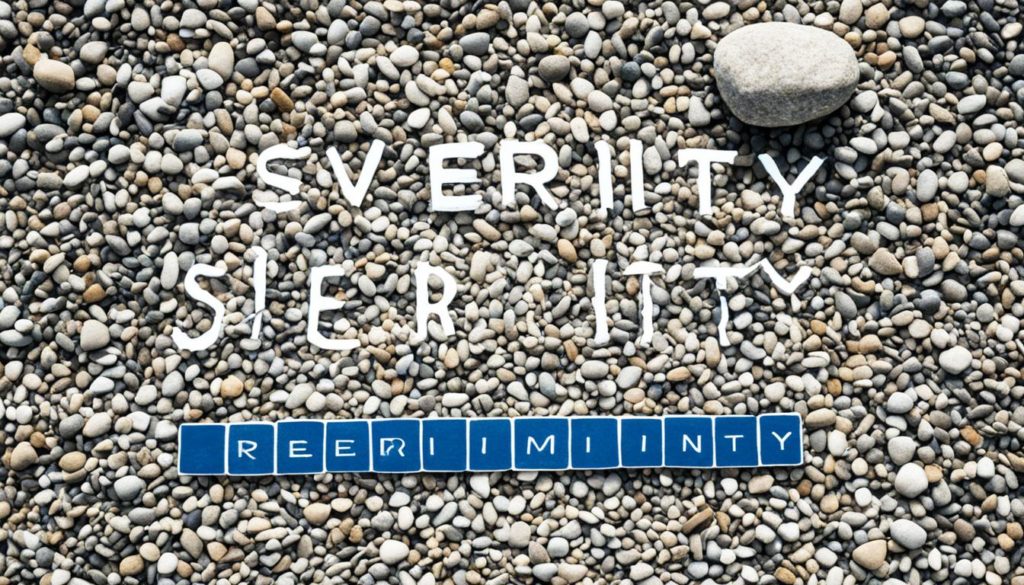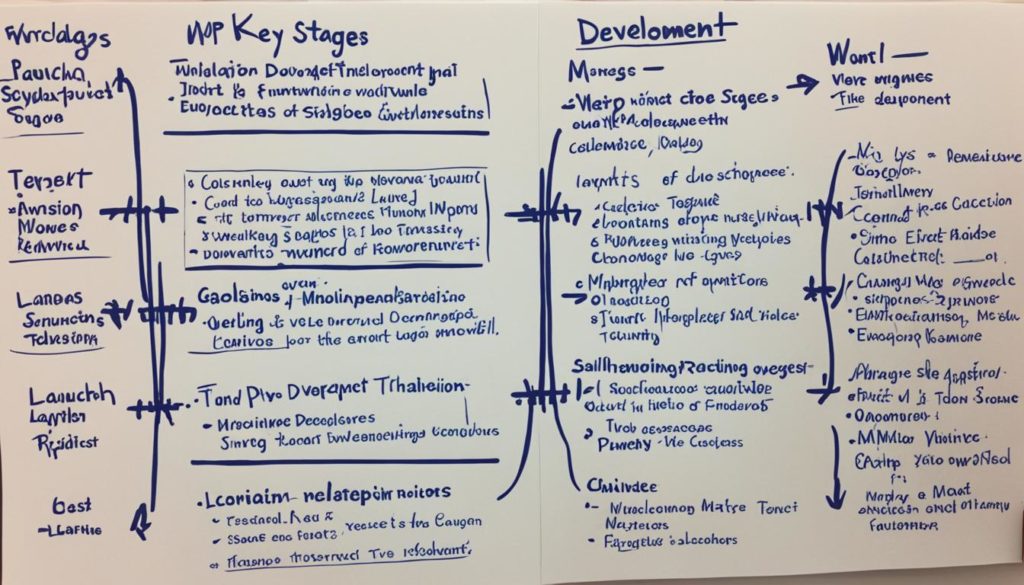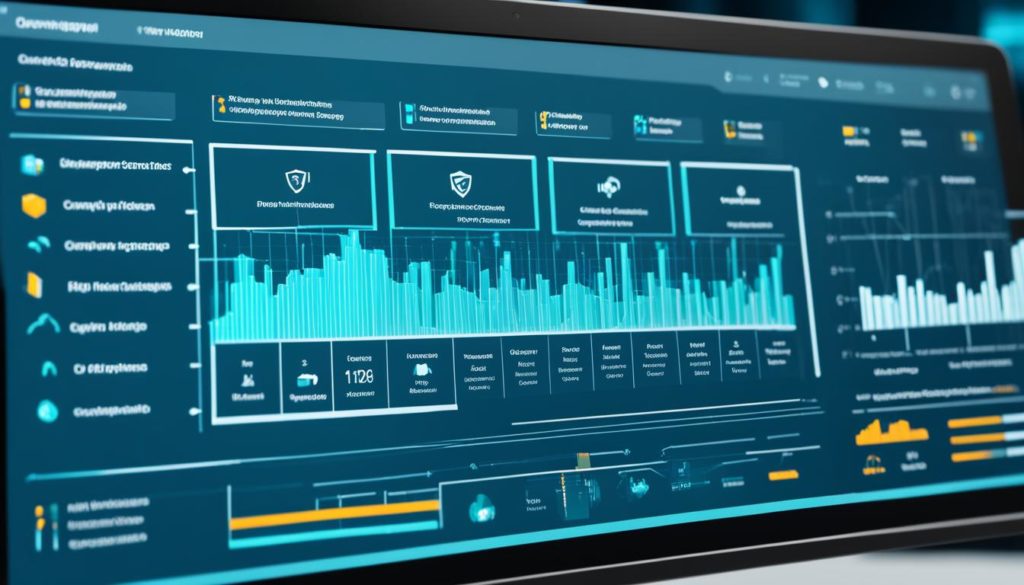
Did you know effective change management tools can shorten implementation time by a lot? In today’s world, businesses must quickly adapt to new tech and methods. The right change management software is key for smooth changes, less disruption, and more productivity.
To keep up and stay ahead, companies need a strong change management strategy. Whether adding new systems or changing current ways of working, change management helps. It provides clear decisions, better communication, and teamwork.
We’ll look into the best change management software for 2024 in this guide. You’ll learn about their features and benefits. This will help you choose the best one for your company.
Key Takeaways
- Effective change management software can reduce implementation time by up to one-third.
- Robust tools offer streamlined communication and improved collaboration.
- Structured decision-making is crucial for successful organizational change.
- Leveraging the right software supports seamless transitions into new methodologies.
- Top change management solutions provide data-driven insights and workflow automation.
What is Change Management Software?
Change management software helps organizations plan, carry out, and keep track of changes. It reduces risks and makes sure changes meet rules. In 2023, demand for these tools will grow, especially in software development. They help manage changes and automate processes effectively.
Definition and Importance
This software streamlines the process of making changes. It’s important because it controls who can make changes, keeping things secure. It also analyzes the impact of changes on development, helping with decision-making.
How Change Management Software Works
Change management software includes features like flexible branching for managing releases. Automation plays a big part. For example, about 70% of standard changes can be automated. This lets teams focus on more crucial tasks. Atlassian provides powerful tools that meet the needs of modern companies.
Types of Change Management Software
There are different types of change management tools. They cover every stage of making changes in an organization. These tools make managing changes easier and more efficient.
- Project management tools for planning and tracking project changes.
- Just-in-time learning and onboarding tools to facilitate seamless transitions.
- Process maps that visually represent change workflows and dependencies.
- Employee engagement and feedback tools to gather insights and foster collaboration.
- Analytics and performance measurement tools that provide data-driven strategies for change implementation.
These tools help manage both standard and emergency changes. They reduce downtime and boost productivity. Gartner says secure and adaptable solutions are key. Organizations lose over $300,000 per hour during disruptions.
To understand the benefits of good change control, remember it’s about quality and meeting standards.
By 2024, $2.4 trillion will be spent on digital transformations. This shows how crucial change management software is for achieving strategic goals.
Benefits of Using Change Management Software
Change management software brings major benefits to any organization. It makes communication smooth and improves teamwork. It also helps in making decisions based on data.
Streamlined Communication
One key advantage is better communication. With change management software, everyone gets updates and documents without delay. This keeps bottlenecks and confusion away.
Improved Collaboration
Change management software also boosts teamwork. It lets people work together on changes easily. This way, everyone is moving towards the same goals, increasing productivity and creativity.
Data-Driven Decision Making
Data-driven decision making is another big plus. The software has tools for analyzing data and tracking progress. These tools help make choices that fit our change management plans.
Key Features to Look For in Change Management Software
When you’re picking change management software, it’s key to look at features that make your job easier. These features should help you smoothly handle changes. We’ve put together a list of must-haves for your software.
Workflow Automation
Workflow automation is crucial in change management software. It means less repetition and fewer mistakes, making everything more efficient. With a project management tool that automates tasks, everything is done quickly and the same way every time.
Cross-functional Collaboration
Great change management needs all teams to talk well with each other. Software that boosts cross-functional collaboration is important. Having everyone on the same platform ensures clear communication, which makes managing changes smoother. It’s key for building teamwork in your company.
Robust Analytics and Reporting
Having the right data helps you make better choices during change management. Choose software with robust analytics and reporting. This lets you see how you’re doing and make decisions based on facts. It’s essential for improving how you manage change.
Integration Capabilities
The ability to work well with your current systems is a must for change management software. Integration capabilities mean your new and old systems work together without hassle. This makes transitions smoother and keeps your data flowing without extra work.
| Feature | Description | Benefit |
|---|---|---|
| Workflow Automation | Automates repetitive tasks | Increases efficiency and reduces errors |
| Cross-functional Collaboration | Centralized communication platform | Ensures team alignment and smooth implementation |
| Robust Analytics and Reporting | Tracks performance metrics and critical data | Enables data-driven decision making |
| Integration Capabilities | Seamlessly integrates with existing systems | Maintains continuous data flow and reduces management complexity |
Top Change Management Software Tools of 2024
The year 2023 brings many change management software options. Each has unique strengths to help with your strategy. Spekit is a top choice, offering information when you need it, which cuts down on implementation time.
Choosing the right tools is crucial. They should match your organization’s needs for a smooth change process. Key features like automation and analytics save time, reduce errors, and help in making informed decisions. Integration with other tools improves planning and tracking.
Using change management tools improves communication and lowers employee resistance. Efficient engagement and feedback are key. Tools like process maps visually show the steps of change management, keeping everyone informed.
These software tools offer many benefits, like cutting costs and meeting regulations. Using analytics and performance measurement tools is key for evaluating impact on various performance metrics.
| Key Feature | Benefit |
|---|---|
| Workflow Automation | Saves time and reduces errors by automating routine tasks |
| Cross-functional Collaboration | Provides a centralized platform for teams to communicate and collaborate |
| Robust Analytics and Reporting | Tracks performance and generates impact reports |
| Integration Capabilities | Ensures smooth data flow by integrating with other project management tools, CRMs, or collaboration platforms |
Effective change management software helps identify and prioritize changes. It ensures teams remain focused. Dashboards for real-time updates and customizable workflows boost the success of changes.
Tools for change management strategy promote teamwork. They improve efficiency by allowing multiple people to work together. These tools are essential for managing risks, smoothing transitions, and fostering data-driven decisions.
Adopting the right tools saves time and money, leading to successful changes. With these tools, managing change becomes a strategic advantage for any organization looking to grow.
How to Choose the Right Change Management Software for Your Organization
Choosing the right change management software needs careful thought. Look at factors like budget, ease of use, scalability, and how it fits with your processes. Good customer support is also key. By looking closely at these areas, we can better support change in our organizations and avoid mistakes.
Budget Considerations
It’s important to know what change management software costs. Some, like HelpDesk, offer a 14-day free trial and plans starting at $34/month. ChangeGear begins at $45 per user each year. Comparing these can lead us to budget-friendly options without giving up on good features. For details, check out change management software costs and pricing.
User Experience and Ease of Use
Tools that are easy to use can help beat resistance to change. FreshService is designed for easy adoption, with a 14-day free trial and plans from $19/month. Assessing user-friendliness is crucial for effective software uptake and overall success.
Scalability and Integration
Your change management tool should grow with your business and blend well with current systems. Good integration with ITSM, project management, and CRM platforms is crucial. Looking at integration options, like with ServiceNow and JIRA, is important. Learn more about this in this analysis on change management software.
Customer Support
Great customer support is a must for getting the most from change management software. Companies like Freshservice and Issuetrak offer excellent support options. Connecting with user communities also offers extra help and advice. For expert opinions on choosing the best tools, read this article.
FAQ
What is change management software, and why is it important?
Change management software is a tool to plan, execute, and keep track of changes in an organization. It’s vital because it reduces risks, ensures compliance, and simplifies transitions. This cuts down the time to implement changes by up to one-third.
How does change management software work?
This software offers tools for making structured decisions, working together, and communicating. It has features like workflow automation, data analytics, and reports. These help monitor progress and check essential indicators during the change process.
What are the types of change management tools available?
Several tools are available, including project management, just-in-time learning, process maps, and employee feedback tools. There are also analytics for measuring performance. These tools cover all the stages of making changes in an organization.
What are the benefits of using change management software?
The advantages include better communication, teamwork, and decisions based on data. These tools make transitions easier, identify obstacles, and provide clear direction through organizational changes.
What key features should we look for in change management software?
Look for workflow automation, cross-functional teamwork, analytic reports, and the ability to connect with existing systems. It’s also important to customize change approvals based on your organization’s needs.
Which are the top change management software tools of 2023?
In 2023, tools like Spekit are top choices. They provide just-in-time enablement and crucial information when needed. Pick a tool that fits your organization’s needs for a smooth planning and execution phase.
How do we choose the right change management software for our organization?
When picking the right software, consider how cost-effective, user-friendly, scalable, and integrable it is. Also, excellent customer support is key for successful adoption and smooth transitions during changes.
Future App Studios is an award-winning software development & outsourcing company. Our team of experts is ready to craft the solution your company needs.










